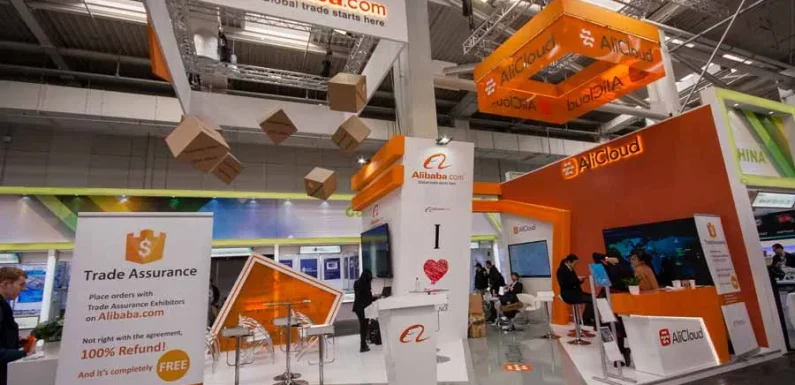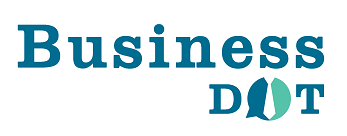
Trade shows can be a game-changer for businesses looking to build brand awareness, connect with prospects, and showcase their offerings. But when things go wrong at a trade show booth, the impact can be more than just a bad day—it can result in lost leads, damaged credibility, and wasted investment.
The good news? You can learn a lot from trade show booth fails—especially if they aren’t your own. Here are some common mistakes exhibitors make (based on real-world experience) and, more importantly, how to avoid them.
1. The “Invisible Booth”
The Fail:
One of the most common issues is a booth that simply blends into the background. Dull colors, low signage, and a cluttered or outdated layout make your presence forgettable in a sea of visual competition.
The Fix:
Your booth should grab attention from across the room. Use bold, brand-consistent colors, strong lighting, and vertical signage to stand out. Think about your layout from the attendee’s perspective—what will draw them in and make them want to learn more?
2. No Clear Message
The Fail:
Imagine walking up to a booth and having no idea what the company does, even after scanning their signage. If your message is buried in buzzwords or small print, people will keep walking.
The Fix:
Simplify your messaging. Use one clear, strong value proposition on your main signage. Visitors should know within five seconds what your company offers and why it matters. Use bullet points, icons, or taglines that quickly convey benefits—not just features.
3. Understaffed or Unprepared Team
The Fail:
A beautiful booth is useless if there’s no one to greet visitors—or worse, if the staff is untrained, unapproachable, or distracted. We’ve all seen booths with team members glued to their phones or talking only to each other.
The Fix:
Select staff who are energetic, knowledgeable, and great at starting conversations. Train them thoroughly before the event. Establish booth etiquette: greet everyone warmly, stay off phones, and be proactive about engagement. Your team is your brand on the floor.
4. Over-the-Top Gimmicks (That Miss the Mark)
The Fail:
Some booths go all in on flashy gimmicks—magicians, dancers, bizarre props—but forget to connect those stunts to the product or brand. These tactics can draw a crowd, but not necessarily the right crowd.
The Fix:
If you use attention-grabbers, tie them directly to your message. A clever giveaway, live demo, or interactive game can be great—if it reinforces your brand or solves a problem your audience cares about. Don’t sacrifice relevance for spectacle.
5. Zero Pre-Show Promotion
The Fail:
You’ve invested in a great booth, but no one knows you’re there. Relying solely on foot traffic is a major missed opportunity.
The Fix:
Start promoting your presence at least 2–3 weeks before the event. Email your list, post regularly on social media, and reach out to current customers or prospects. Include your booth number, teaser content about what you’ll be showcasing, and any scheduled events or demos.
6. Poor Lead Capture Strategy
The Fail:
Leads scribbled on notepads. Business cards in fishbowls. Zero follow-up. It’s shocking how many companies lose valuable contacts because of unorganized or outdated lead tracking.
The Fix:
Use digital tools like tablets or apps that sync with your CRM. Train your staff to capture notes about each interaction so follow-up can be personalized. Set up a clear system to categorize leads by priority, and assign owners for post-show outreach.
7. Lack of Post-Show Follow-Up
The Fail:
You return from the show with a list of leads, and then… nothing. Weeks go by before a generic email is sent (if at all). By then, the opportunity is lost.
The Fix:
Plan your follow-up before the event even begins. Create email templates, assign lead owners, and set timelines for outreach. Follow up within a few days while the interaction is still fresh—and personalize it based on the conversation.
8. Overloaded Messaging and Clutter
The Fail:
Some booths try to say everything all at once. Overloaded graphics, dense brochures, and long-winded staff pitches can overwhelm visitors.
The Fix:
Focus on one or two key messages. Use clean, minimal visuals and concise talking points. Prioritize clarity over quantity. The goal is to spark interest, not deliver your entire pitch deck in 60 seconds.
Final Thoughts
Trade show mistakes can be costly—but they’re also powerful learning opportunities. By avoiding the pitfalls that trip up so many exhibitors, you set your team up for a better return on investment, stronger leads, and a more professional presence.
Whether it’s your first show or your fiftieth, take the time to review what works, what doesn’t, and what you can improve. The most successful booths are built not just on great design—but on experience, reflection, and the willingness to evolve. We recommend trade show booth.

